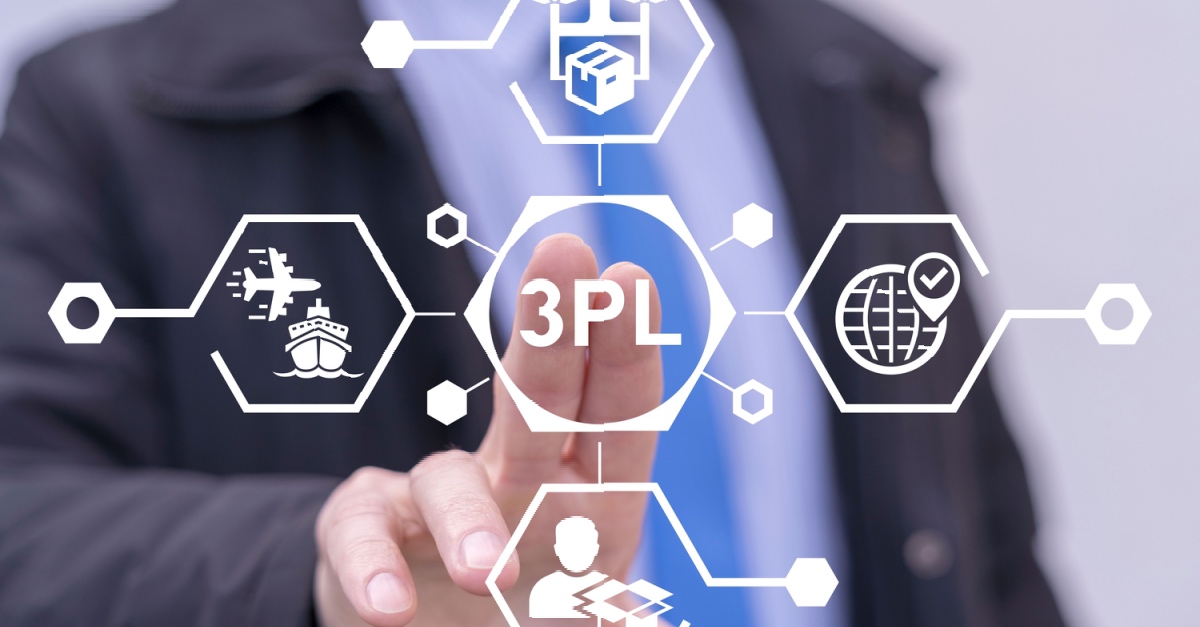
3PLs (third-party logistics providers) are businesses that leverage expertise, experience, and resources to simplify logistics operations for supply chains and organizations that are not well-equipped to handle the same. In many ways, 3PLs are the lynchpin to streamlined linehaul operations, with the overall vertical valued at $435 billion in 2022 and projected to reach over a trillion dollars by 2032.
Although they are helpful logistics partners, CPG logistics can be slightly nuanced. So, what is the role of 3PLs in CPG logistics? This article examines those and why they are crucial to CPG logistics operations.
3PLs in CPG logistics allow businesses in the consumer packaged goods industry to transfer the responsibility of managing their logistics operations to a capable third party. However, beyond transferring that responsibility, these businesses also expect some benefits from these.
Because 3PLs are more experienced, have better-trained teams, and have more resources, they can leverage all of these to improve the efficiency of the process — better than CPG businesses would. And because these 3PLs have the economics of scale where they serve more than one customer, they can help more CPG businesses reduce the costs of logistics operations significantly.
3PLs enable businesses to scale their logistics operations up or down as they see fit, without worrying about redundancy from unused infrastructure and resources or about investing to get their infrastructures up to capacity. They leverage the services of the 3PLs and pay for what they use at reduced costs.
Because of the volume of logistics operations they command and the resources available, 3PLs leverage technology to analyze logistics data more efficiently. They also have the expertise to collect the right data and effectively interpret insights from the data analysis, which is shared with the CPG businesses.
An effective logistics process significantly contributes to the customer’s experience. Better logistics operations, which 3PLs offer, will lead to better customer experiences.
CPG businesses produce products and goods that people rely on every day. Getting these goods to them will determine the success of these businesses at the end of the day. This is why they need 3PLs, to help them bridge that gap between their product and the consumers.
So, how do 3PLs get these done?
Consumer packaged goods do not go straight from the manufacturing base to the consumer’s doorstep. While that would be great, it presents some really unique challenges. Instead, they go from the manufacturing plant to a storage facility (AKA warehouses and distribution centers) equipped with inventory management techniques to ensure all products are well accounted for.
The goods are shipped to consumers upon request from these warehouses and distribution centers. The warehouse and distribution act as a stopgap that allows the 3PLs and CPG businesses to sufficiently plan and execute the supply chain to achieve the desired results.
Transportation is the act of conveying goods from one location to another. Managing these processes can be tedious, especially considering the infrastructure and resources required to get this right. From trucks to transloading facilities, drivers, tech solutions to help navigate the transport process effectively, and then the maintenance of these vehicles.
For CPG businesses, all of these can be distracting; without the right attention, the process will eventually get out of hand. Not 3PLs. They already have the resources and are in partnership with many carriers. This allows them to negotiate competitive rates, thereby slashing the costs significantly.
They can also partner with carriers to leverage technology solutions like route planning software to monitor every step of the transportation and ensure the trucks reach their destination in the shortest time possible. Again, this is an effective cost-cutting strategy.
Through collaboration with the CPG businesses, 3PLs can leverage insights from their sales to forecast effectively and plan demands. This way, they can properly allocate ample resources to meet the demands of the CPG customers.
Reverse logistics is a nearly trillion-dollar industry, and it has become synonymous with global supply chains. The same applies to the CPG industry. However, reverse logistics can be difficult, unlike the typical logistics operation that takes the goods from the business to the consumer.
Reverse logistics entails returning goods from consumers to the supply chain. As you can imagine, many of these goods will need sorting to determine what will be integrated into the existing inventory, what will be disposed of, and what will be used as raw materials to manufacture other goods.
It can be tedious and quite expensive to run in-house. However, managing all of these is where the 3PLs come in, ensuring the CPG business does not lose any money in the process. It also helps them cut down the cost of these operations.
Beyond the more challenging processes discussed above, 3PLs help CPG businesses with other services like packaging, labeling, and order customization. This way, the products look way more presentable to consumers.
No matter how great the CPG business and the 3PLs are, they will struggle to find balance and achieve all the great benefits we discussed earlier without effective collaboration. However, with Zengistics, this becomes so much easier, allowing 3PLs to carry out their functions or roles much more effectively.
The platform provides end-to-end solutions that guarantee 100% across the entire logistics and supply chain. This way, CPG businesses can get more out of their 3PL partners, including streamlined warehousing, transportation management, demand planning, and reverse logistics operations. Connect with us today.